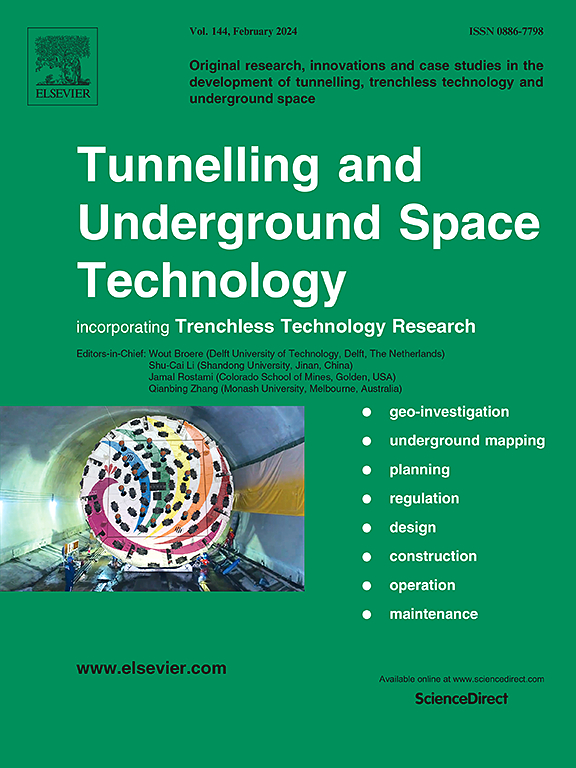Built environment and thermal comfort in metro systems: A case study in South China
IF 6.7
1区 工程技术
Q1 CONSTRUCTION & BUILDING TECHNOLOGY
引用次数: 0
Abstract
The unique environmental conditions of underground metro systems pose challenges for occupant comfort. This study evaluated thermal, acoustic, lighting, and air quality environments at metro station entrances and platforms in Guangzhou, China, using environmental measurements and subjective questionnaire surveys. Key findings include: (1) The neutral SET was higher at platforms (21.6 °C) than that at entrances (19.6 °C) due to transient thermal conditions. Comfortable temperatures at platforms ranged from 21.6 to 28.8 °C, exceeding operating temperatures (22.4 – 26.5 °C) and indicating potential for energy savings. (2) Noise levels at platforms (76.4 dB) and entrances (76.4 – 84.9 dB) were within acceptable ranges, and platform lighting met national standards. However, entrance illuminance was often deemed unacceptable. (3) Air quality parameters met national standards, but respondent acceptable levels for VOC (0.003 µg/m3), CH2O (0.048 µg/m3), and PM10 (28.0 µg/m3) were significantly stricter. These findings highlight the need for region-specific environmental control to enhance the comfort and energy efficiency of subtropical metro systems. Further, our results provide guidance for the environmental design and energy efficiency retrofitting of metro stations in humid and hot regions.
地铁系统的建筑环境与热舒适:以华南地区为例
地铁系统独特的环境条件对乘客舒适度提出了挑战。本研究采用环境测量和主观问卷调查的方法,对广州地铁出入口和站台的热、声、光和空气质量环境进行了评估。主要发现包括:(1)由于瞬态热条件,站台的中性SET(21.6°C)高于入口(19.6°C)。平台的舒适温度范围为21.6至28.8°C,超过了操作温度(22.4至26.5°C),表明了节能的潜力。(2)站台噪声(76.4 dB)和出入口噪声(76.4 - 84.9 dB)均在可接受范围内,站台照明符合国家标准。然而,入口照明通常被认为是不可接受的。(3)空气质量指标符合国家标准,但VOC(0.003µg/m3)、CH2O(0.048µg/m3)和PM10(28.0µg/m3)的可接受水平明显高于国家标准。这些研究结果强调了区域环境控制的必要性,以提高亚热带地铁系统的舒适性和能源效率。此外,我们的研究结果为湿热地区地铁车站的环境设计和节能改造提供了指导。
本文章由计算机程序翻译,如有差异,请以英文原文为准。
求助全文
约1分钟内获得全文
求助全文
来源期刊

Tunnelling and Underground Space Technology
工程技术-工程:土木
CiteScore
11.90
自引率
18.80%
发文量
454
审稿时长
10.8 months
期刊介绍:
Tunnelling and Underground Space Technology is an international journal which publishes authoritative articles encompassing the development of innovative uses of underground space and the results of high quality research into improved, more cost-effective techniques for the planning, geo-investigation, design, construction, operation and maintenance of underground and earth-sheltered structures. The journal provides an effective vehicle for the improved worldwide exchange of information on developments in underground technology - and the experience gained from its use - and is strongly committed to publishing papers on the interdisciplinary aspects of creating, planning, and regulating underground space.
 求助内容:
求助内容: 应助结果提醒方式:
应助结果提醒方式:


